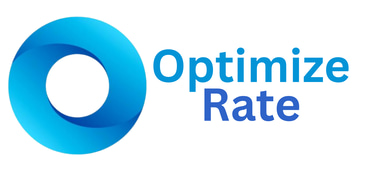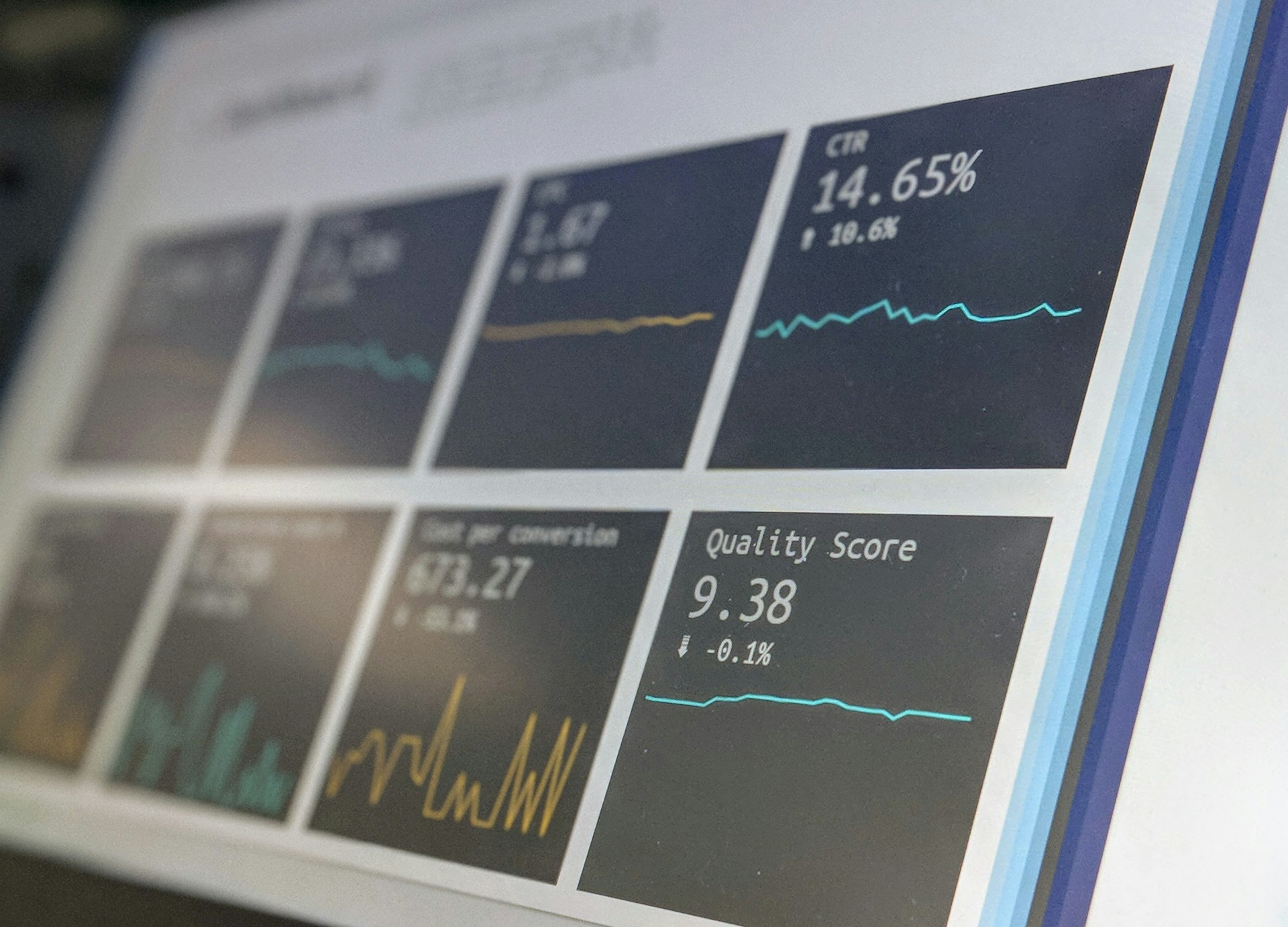
Understanding Landing Pages
Learn what each of the main landing page components are called and their purpose.
7/16/202510 min read
The landing page is where customers first arrive on your website. They are used to draw the customer's attention to a specific product, service or offering that you have.
They can be personalized to meet the needs of specific customer segments, and the content of the page is designed specifically for that customer segment.
The goal of a landing page is to get the customer, or site visitor, to take an action. A landing page should have one main action we want the customer to take, and to use the page to bring them to take that action.
Each landing page is different and you don't need to include every section in your page, depending upon the objective for the page.
Landing pages have a typical layout or design that helps achieve this goal. This web page will explain the different components of a landing page and what they do.
In this article we break it down section by section to narrow down the focus and objective of each part of a landing page.
Introduction to landing pages
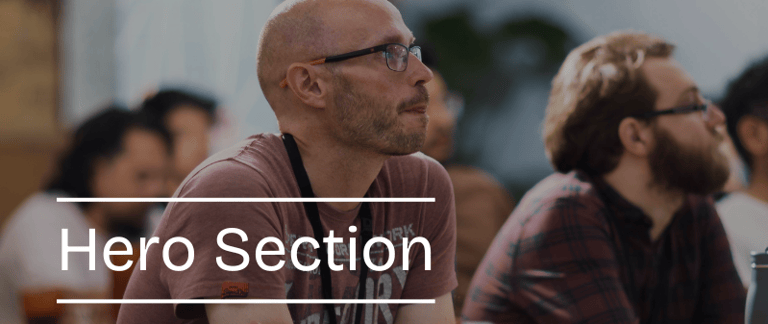

The Hero Section is the topmost part of the web page, and the very first impression your visitor sees. This is your first and best opportunity to get your site visitor to stay on the page, by getting their immediate attention and convincing them that the page is worth reading in detail.
Flint McGlaughlin says there are eight micro-yes'es that a customer must agree to before committing to your larger "macro" yes, which is the Call To Action of your page. These are the eight micro-yes'es:
1. Yes, I will pay attention
2. Yes, I will dig deeper
3. Yes, I understand (your solution to the problem)
4. Yes, I believe (your solution will work for me)
5. Yes, I want this now (I want this solution now)
6. Yes, I want this from you (instead of a competitor)
7. Yes, I will trade (my details or payment for your offering)
8. Yes, I will finish (I will complete the transaction)
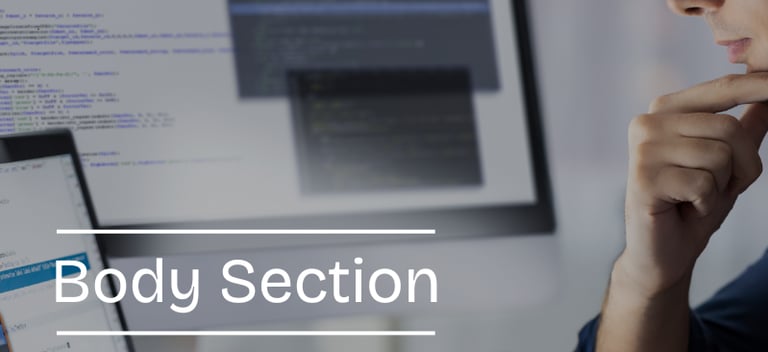

The Body Section is where you articulate the problem, or pain point, that your site visitor and potential customer (or "prospect") has. This helps your prospect connect with your offering, because you have described their problem in terms that they understand.
The Body Section also explains how your solution solves the prospect's problem, and also how it does it better than any of the competing alternatives. You are trying to convince the prospect that your offering is the best available one for them.
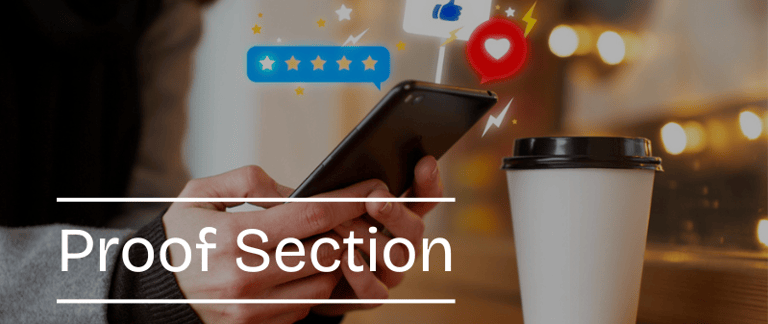

The Proof Section is your opportunity to supply evidence that your solution works. You use testimonials, reviews, and ratings from other people our organisations that show how your solution solved their problem. You want this evidence to include the pain point identified in the Body Section, so that the prospect sees that your solution has resolved the pain point they are experiencing.
Social proof such as testimonials should come from real people, and real customers, and should provide enough evidence that they are real people, whether that is their name and job title, or company that they work for, etc.
Proof can also include ratings, reviews, badges of recognition, awards, etc. from third party companies and websites.
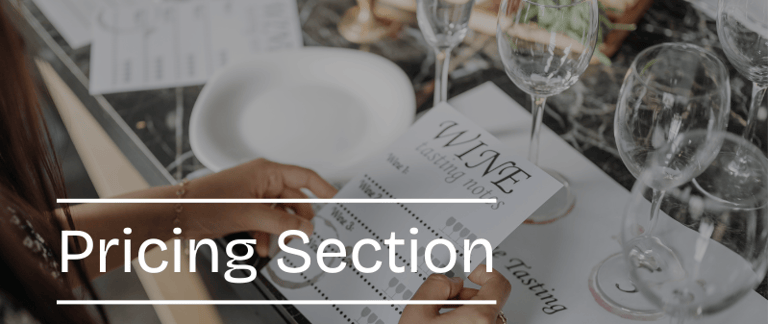

The Pricing Section is where you lay out the options to your potential customer for how your offering can be paid for. Not every landing page has a pricing section, but if the page is designed to lead to a sale, or a commitment to buying, then it should include how your payments work.
You can offer multiple pricing points (or "tiers") and you can offer different payment options (credit card, Stripe, Paypal, etc.) and you can offer different charge options (single payment, recurring, multiple monthly payments, etc.)
Here you can build trust by talking about your refunds, warranties and returns policy. You can also show any security and privacy badges that show how your payments protect the consumer.
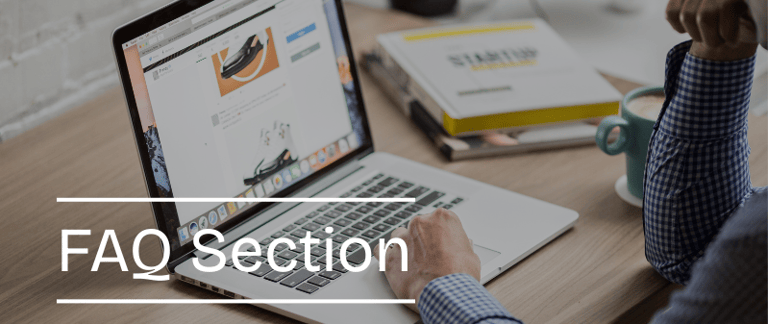

The FAQ Section is where you address any common complaints, concerns, or hurdles that the prospect might have, or might experience, as part of completing the transaction or using your offering.
These common issues represent "friction" that is preventing the prospect from completing the transaction, and if you can address them ahead of time, then the prospect is more likely to commit to the transaction.
This section doesn't have to be formatted as a typical FAQ, but it should address these common concerns and challenges.
What is the primary goal, and how is it achieved?
Primary Goal
The primary goal of a landing page or sales page is to get the prospect to take the desired action on the page, which is represented by a single, specific Call To Action. This Call To Action (CTA) is sometimes repeated on the page to get the prospect to take the action. The action only needs to be taken once.
The primary CTA is usually something like committing to purchasing the offering, or to start a trial of the offering, or to signing up for the offering, or signing up to join a waitlist for the offering, or to sign up to attend a webinar describing the offering. Each of these which is not immediately purchasing the offering, is ultimately designed to lead the prospect to purchasing the offering.
How the primary goal is achieved
The primary goal is achieved when the prospect has sufficient desire for the benefit or offering being promised by the page, combined with the trust that they will receive this benefit once they have committed to purchasing the offering, and that desire and trust is greater than the amount of friction and/or uncertainty preventing them from committing to purchasing the offering.
The friction described here can be defined as anything that makes it difficult or unclear how the prospect proceeds to committing to the purchase. Alternatively, it's caused by uncertainty which can be defined as a lack of confidence that the prospect will gain the benefits from the offering, or that the benefit will suit them specifically or their purpose.
Secondary Goal
The secondary goal of a landing page or sales page is to get the prospect to take an alternative action to the primary action. This secondary action varies from page to page, but can include; signing up for a mailing list which is also known as subscribing, or it could be the prospect using chat to clarify information or get answers to their questions, or it could be to click a secondary CTA such as booking a meeting for a demonstration of the product, or filling in a form to get more information, or many other possibilities.
The secondary goal is inferior to the primary goal, and should only be targeted only if the primary goal can't be achieved.
How the secondary goal is achieved
Similar to how the primary goal is achieved, the prospect must have sufficient desire for the benefit or offering being promised by the page. They may not presently trust that they will receive the benefit of the offering, and they require further convincing to commit to the purchase. Or, they might simply not be ready to purchase yet.
The prospect must therefore believe that by taking the secondary action, they will be given the information or confidence needed to commit to purchasing the offering. The secondary CTA must then give the prospect sufficient belief that if they commit to the secondary CTA that they will be given what they need to make their decision.
What is the secondary goal, and how is it achieved?
Desire
The landing page or sales page must create the desire for the offering. Desire is determined by the willingness of the prospect to follow the primary or secondary goals. Desire can be increased in the prospect through use of the right mechanisms.
Desire can be increased by taking the prospect from a low-interest and uncertain state to a high-interest and certain state while they are viewing your landing page or sales page. Anything that increases desire also increases the likelihood of the primary goal or secondary goal being achieved.
How is desire created?
Desire is created by showing a future state where the prospect has addressed their pain point or need by using the offering. Desire is relevant specifically to the person who is viewing the page, and any attempt to create the desire must show that it will suit the prospect specifically.
Therefore, depending upon what the offering is, creating desire for it must address the specific needs and situation of the prospect by showing them specifically how it suits them and their situation. This is often described as personalisation, which depends upon the seller having sufficient information about the prospect to customise the information to their needs.
What is desire, and how is it achieved?
Trust
The landing page or sales page must increase trust that the prospect will achieve the promised benefits of the offering. This means firstly that once they have purchased the offering, they will receive the product or service being sold, and secondly that the offering will deliver them the stated benefits. Trust extends to things like payments which should be completed without issues, and the prospect will not be overcharged or scammed.
Trust also extends to the customer believing they will get a refund or exchange if the product does not deliver the promised benefits. Trust can be increased by taking the prospect from a low-trust and lacking-confidence state to a high-trust and strong-confidence state while they are viewing the landing page or sales page. Anything that increases trust also increases the likelihood of the primary goal or secondary goal being achieved.
How is trust created?
Trust is created through a number of mechanisms, the following are common examples. Payment badges can show the prospect that the payment system is proven and trustworthy. Warranties and refunds are stated explicitly. Reviews from other customers demonstrate that they have received the benefit of the offering, or received a refund if they didn't receive the benefit.
Testimonials demonstrate that other customers have received the benefit from the offering. Videos and images depicting the product or service delivering the benefits. Information showing that the seller has achieved results from the offering using data from previous customers or case studies. Information showing that the seller has the expertise and ability to address the pain point of the prospect.
What is trust, and how is it achieved?
Friction
Friction prevents the prospect from completing the primary or secondary goal. Friction is anything that might prevent the prospect from taking a desired action. Friction occurs when things are difficult to use, or to understand, or have too many steps, or too much information to understand before proceeding.
Examples include lengthy forms with lots of information to fill in, invasive questions that exceed acceptable privacy constraints, web page flows that are difficult to understand, poor font choice, small text, bad color contrast, overlayed content, partially covered content, indiscernible instructions, and many more.
Minimising friction means preventing any and all things that cause the prospect to leave the web page because it is too difficult to follow or too unclear what they need to do.
How is friction prevented?
Friction is prevented by creating very simple web page designs and use copy (writing) that is simple to understand rather than choosing lengthy and unfamiliar words. Use imagery and web page elements that make it easy to understand the flow of the web page and what things the prospect is expected to do. Make it clear what the next most important action is to take on the web page.
For example, if you want the prospect to continue reading down the page, then use subtle queues like arrows pointing downwards to convey the need to keep reading down the page. Use minimal content on the page, including images, videos and writing, and only where it increases the desire of the prospect to take the desired call to action. use common and modern web page design that prospects are familiar with, for example have website navigation elements in the header, and a button for a call to action that is color contrasted against the rest of the web page, and so on.
What is friction, and how is it prevented?
How is uncertainty reduced?
Knowing what doubts and uncertainty other prospects have had about your offering means that you can address those directly in the web page for all future prospects. You can address them through a number of mechanisms, the following are common examples.
Get existing customers to state in their testimonial that the offering addressed the thing that prospective customers doubt or are uncertain about.
Create a FAQ that both asks and answers the typical questions or concerns that prospective customers have.
Show a video or image demonstrating that the offering addresses the typical questions or concerns that prospective customers have.
Include a chat bot that answers their questions as if being answered by another human.
Uncertainty
Your web page is clear and certain to you because you have the background information needed to interpret it, and you know what the objective is. But for someone that doesn't have those things, they can have an enormous amount of uncertainty. Uncertainty regarding what the product is, who is offering it, how much they are charging, what your after-purchase service is like, what steps to take to purchase, what will happen once they have paid, and so on.
Minimise uncertainty preventing the prospect from completing the primary goal. The prospect will arrive with some amount of uncertainty that the product is suited for them and that the product will deliver the promised benefits. The goal here is to either minimise or remove all uncertainty for the prospect. This usually means addressing any concerns or doubts that they might have regarding the offering.
What is uncertainty, and how is it reduced?
Urgency
The prospect is likely to leave your landing page or sales page without having completed the primary or secondary goal, and they may not return later. This goal is to create immediacy so that the prospect feels a strong need to take action before leaving the page. They feel like they must take immediate action before doing anything else.
The prospect may not have urgency to commit to the purchase, and the longer they ponder whether it's necessary, or look at a competitor's offering, the less likely they will purchase from you.
Urgency is created when the prospect feels compelled to commit to taking action in the moment.
How is urgency created?
Urgency is achieved by making the prospect believe that they will miss out on an opportunity that they won't have again. This can be achieved through scarcity, for example "There are only 10 places left, so book now or you might miss out." This can also be achieved through immediacy, for example "This offer is only valid for today, so act now or you might miss out."
This is commonly known as loss aversion - the desire to not miss out on an opportunity - a psychological bias where the pain of losing something is perceived as greater than the pleasure of gaining something.
You might also appeal to their personal situation with "Are you still struggling with [pain point] and will you put up with it for another day?"
What is urgency, and how is it created?
Grow your customers
Boost your conversion rates and increase sales. Optimize Rate is the best conversion optimization agency that helps businesses like yours to improve website conversion.
© 2025. All rights reserved.
